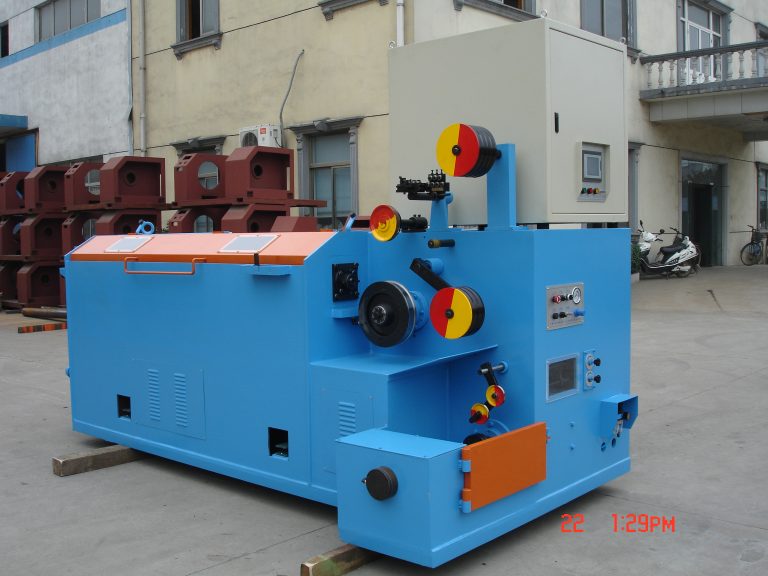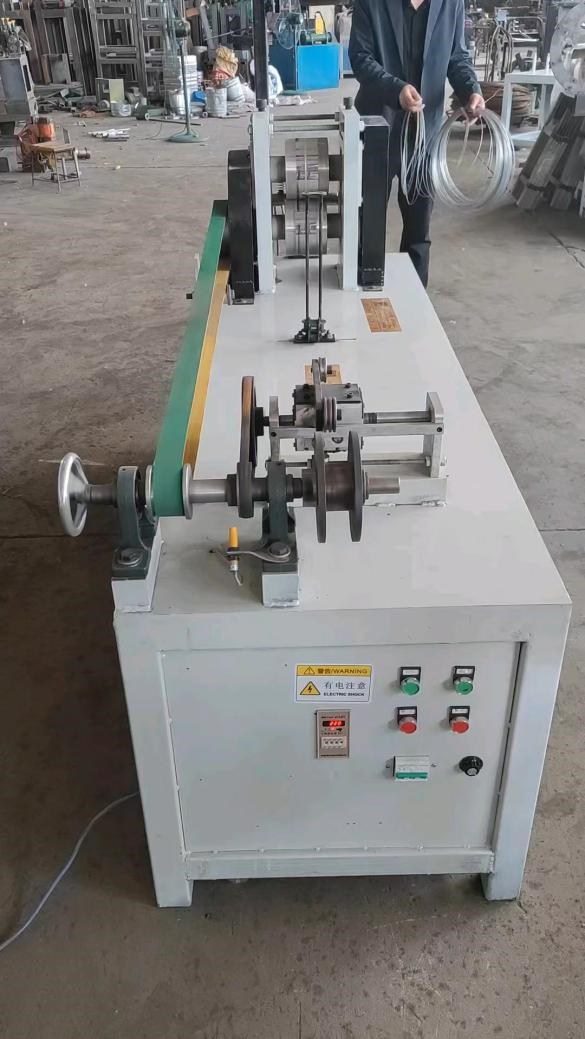Table of Contents
Iingcebiso zoLondolozo kuMshini woMzobo woNxibelelwano olomileyo
Izinto eziluncedo zokuSebenzisa umatshini wokuzoba ngocingo lohlobo olomileyo
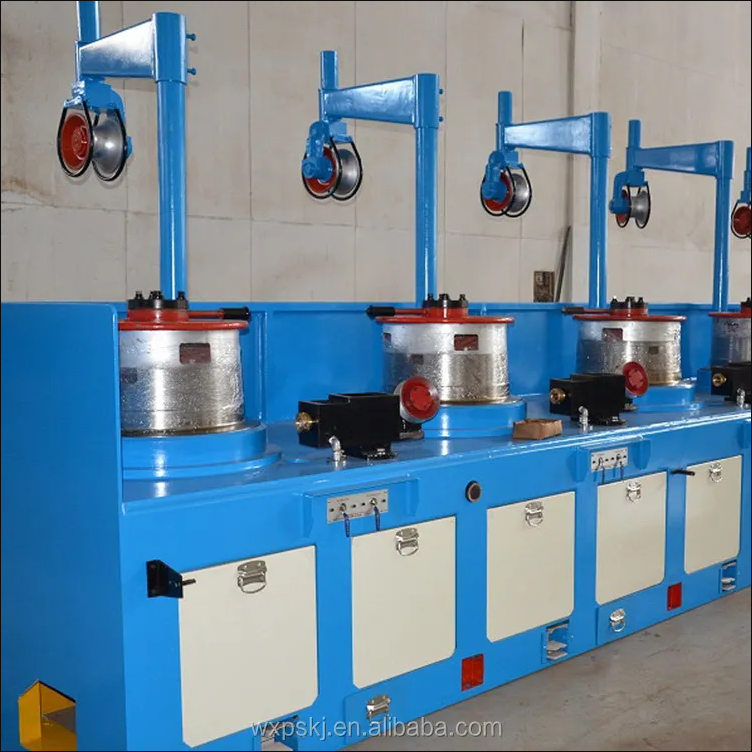
Ukuthelekisa phakathi kohlobo olomileyo kunye nohlobo olumanzi loomatshini bokuzoba oomatshini
Oomatshini bokuzoba ngocingo olomileyo basebenza ngaphandle kokusebenzisa naziphi na izithambiso okanye izinto zokupholisa. Endaweni yoko, baxhomekeke kwi-friction phakathi kocingo kunye nokufa ukunciphisa ububanzi bocingo. Olu hlobo lomatshini luqhele ukusetyenziselwa ukuzoba iintsimbi ezingenayo intsimbi ezifana nobhedu, i-aluminium kunye nobhedu. Olunye uncedo oluphambili koomatshini bokuzoba ngocingo olomileyo kukuba bavumelana nokusingqongileyo njengoko bengadingi kusetyenziswa kwezithambiso ezinokuba yingozi kwindalo esingqongileyo.
Kwelinye icala, oomatshini bokuzoba ngocingo olumanzi basebenzisa izithambisi ezinjalo. njenge-oyile okanye izisombululo zesepha zokunciphisa ukukhuhlana phakathi kocingo kunye nokufa. Olu hlobo lomatshini ludla ngokusetyenziselwa ukuzoba iintsimbi ezinentsimbi njengentsimbi kunye nentsimbi. Ukusetyenziswa kwe-lubricant kumatshini wokudweba ucingo olumanzi kunceda ukunciphisa ukushisa okwenziwa ngexesha lokudweba, okunokuphucula umgangatho wocingo kunye nokwandisa ubomi bokufa. Nangona kunjalo, enye yezinto ezingeloncedo koomatshini bokuzoba ngocingo olumanzi kukuba bafuna ukulungiswa rhoqo ukuze kuqinisekiswe ukuba izithambiso zifakwe ngokufanelekileyo kwaye umatshini ugcinwa ucocekile. oomatshini bokuchwetheza. Oku kungenxa yokuba oomatshini bohlobo olomileyo abafuni inkqubo ethatha ixesha lokusebenzisa nokucoca izithambiso. Ukongeza, oomatshini bohlobo olomileyo abanako ukuvaleka kunye nexesha lokuphumla ngenxa yokungabikho kwezithambiso ezinokuqokelelana kwi-dies kunye namanye amacandelo omatshini. ukugqiba xa kuthelekiswa noomatshini bohlobo olumanzi. Oku kungenxa yokuba ukukhuhlana phakathi kocingo kunye nokufa koomatshini bohlobo olomileyo kunceda ukususa nakuphi na ukungafezeki komphezulu, okukhokelela kwiyunifomu ngakumbi kunye nocingo olukhazimlisiweyo. Ngokuchaseneyo, oomatshini bodidi olumanzi banokushiya ngasemva intsalela evela kwizithambisi, ezinokuchaphazela umgangatho womphezulu wocingo.
Ngaphandle kweenzuzo zohlobo olomileyo koomatshini bokuzoba, kukho imida ekufuneka iqwalaselwe. Oomatshini bodidi olomileyo abafanelekanga ukuzoba iintsimbi ezityebileyo ngenxa yokungqubana okuphezulu okuveliswe ngexesha lenkqubo yokuzoba, enokubangela ubushushu obugqithisileyo kunye nokunxiba kwiifa. Ukongeza, oomatshini bohlobo olomileyo banokufuna utshintsho oluthe gqolo lokufa xa kuthelekiswa nohlobo olumanzi, njengoko abafayo banokuguga ngokukhawuleza ngenxa yokunqongophala kokuthambisa. izinto eziluncedo nezingeloncedo. Ukukhethwa phakathi kweentlobo ezimbini zoomatshini kuya kuxhomekeka kwiimfuno ezithile zenkqubo yokuvelisa, njengohlobo lwetsimbi oluzotywayo, ukugqitywa kwendawo efunwayo yocingo, kunye nenqanaba lokugcinwa okufunekayo. Ekugqibeleni, kubalulekile ukuqwalasela le miba ngononophelo xa ukhetha umatshini wokudweba ucingo ukuqinisekisa ukusebenza kakuhle kunye nokusebenza kakuhle kwinkqubo yokuvelisa.
Wire drawing is a process used in the manufacturing industry to reduce the diameter of a wire by pulling it through a series of dies. This process is essential for producing wires of various sizes and shapes that are used in a wide range of applications, from electrical wiring to fencing. One of the key components in the wire drawing process is the wire drawing machine, which is responsible for pulling the wire through the dies to reduce its diameter.
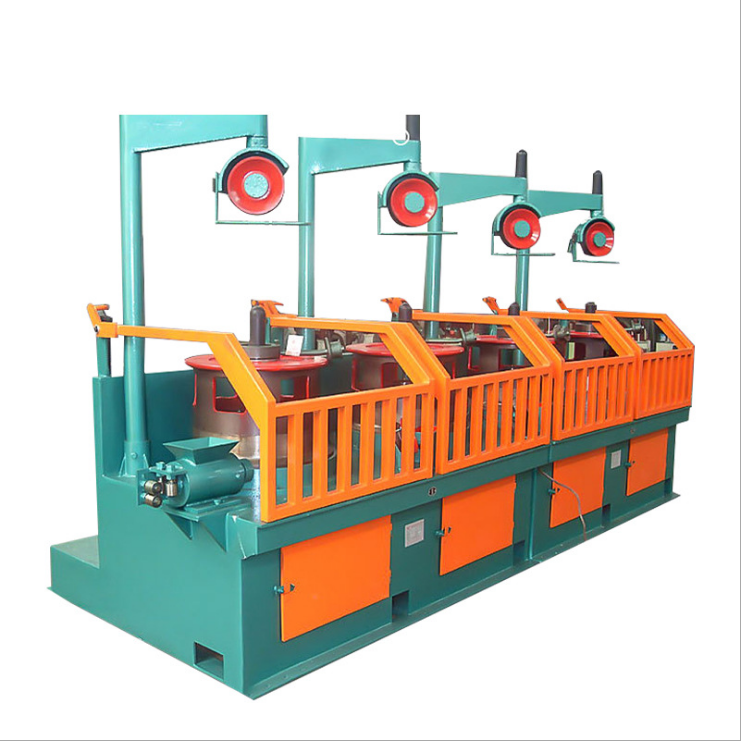
There are two main types of wire drawing machines: wet type and dry type. While both types are effective in reducing the diameter of a wire, there are several advantages to using a Dry Type Wire Drawing Machine.
One of the main advantages of using a dry type wire drawing machine is that it eliminates the need for a lubricant during the wire drawing process. In a Wet Type Wire Drawing Machine, a lubricant is used to reduce friction between the wire and the dies, which helps to prevent the wire from breaking or becoming damaged during the drawing process. However, the use of a lubricant can be messy and expensive, and it can also create environmental concerns due to the disposal of the used lubricant.
By eliminating the need for a lubricant, a dry type wire drawing machine offers a cleaner and more environmentally friendly alternative to the wet type machine. This can be particularly beneficial for manufacturers who are looking to reduce their environmental impact and improve their sustainability practices.
Another advantage of using a dry type wire drawing machine is that it can help to improve the quality of the wire being produced. Because there is no lubricant involved in the drawing process, there is less risk of contamination or impurities being introduced into the wire. This can result in a higher quality end product that meets the specifications and requirements of the manufacturer.
Additionally, a dry type wire drawing machine can offer increased efficiency and productivity compared to a wet type machine. Without the need for a lubricant, there is less downtime required for cleaning and maintenance, which can help to reduce overall production costs and increase output.
Furthermore, a dry type wire drawing machine can offer greater flexibility in terms of the types of wires that can be produced. Because there is no lubricant involved, the machine can be used to draw a wider range of materials, including metals that may not be compatible with traditional lubricants. This can open up new opportunities for manufacturers to expand their product offerings and enter new markets.
In conclusion, the advantages of using a dry type wire drawing machine are clear. From environmental benefits to improved quality and increased efficiency, this type of machine offers a number of advantages for manufacturers looking to enhance their wire drawing processes. By investing in a dry type wire drawing machine, manufacturers can improve their sustainability practices, increase productivity, and expand their product offerings.
Comparison between Dry Type and Wet Type Wire Drawing Machines
Wire drawing machines are essential tools in the manufacturing industry for producing wires of various diameters and lengths. These machines are used to reduce the diameter of a wire by pulling it through a series of dies, resulting in a smoother and more uniform surface. There are two main types of wire drawing machines: dry type and wet type. In this article, we will compare the two types of machines and discuss their advantages and disadvantages.
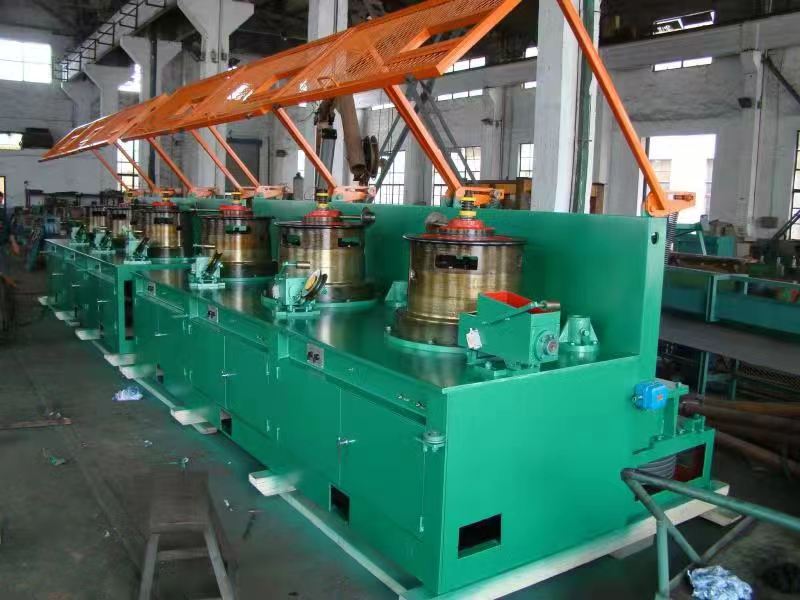
Dry type wire drawing machines operate without the use of any lubricants or cooling agents. Instead, they rely on the friction between the wire and the dies to reduce the diameter of the wire. This type of machine is commonly used for drawing non-ferrous metals such as copper, aluminum, and brass. One of the main advantages of dry type wire drawing machines is that they are more environmentally friendly since they do not require the use of lubricants that can be harmful to the environment.
On the other hand, wet type wire drawing machines use lubricants such as oil or soap solutions to reduce friction between the wire and the dies. This type of machine is typically used for drawing ferrous metals such as steel and iron. The use of lubricants in wet type wire drawing machines helps to reduce heat generated during the drawing process, which can improve the quality of the wire and extend the life of the dies. However, one of the disadvantages of wet type wire drawing machines is that they require regular maintenance to ensure that the lubricants are properly applied and the machine is kept clean.
In terms of efficiency, dry type wire drawing machines are generally faster than wet type machines. This is because dry type machines do not require the time-consuming process of applying and cleaning lubricants. Additionally, dry type machines are less prone to clogging and downtime due to the absence of lubricants that can accumulate on the dies and other components of the machine.
Another advantage of dry type wire drawing machines is that they produce wires with a smoother surface finish compared to wet type machines. This is because the friction between the wire and the dies in dry type machines helps to remove any surface imperfections, resulting in a more uniform and polished wire. In contrast, wet type machines may leave behind residue from the lubricants, which can affect the surface quality of the wire.
Despite the advantages of dry type wire drawing machines, there are some limitations to consider. Dry type machines are not suitable for drawing ferrous metals due to the high friction generated during the drawing process, which can cause excessive heat and wear on the dies. Additionally, dry type machines may require more frequent die changes compared to wet type machines, as the dies can wear out faster due to the lack of lubrication.
In conclusion, both dry type and wet type wire drawing machines have their own set of advantages and disadvantages. The choice between the two types of machines will depend on the specific requirements of the manufacturing process, such as the type of metal being drawn, the desired surface finish of the wire, and the level of maintenance required. Ultimately, it is important to carefully consider these factors when selecting a wire drawing machine to ensure optimal performance and efficiency in the production process.

